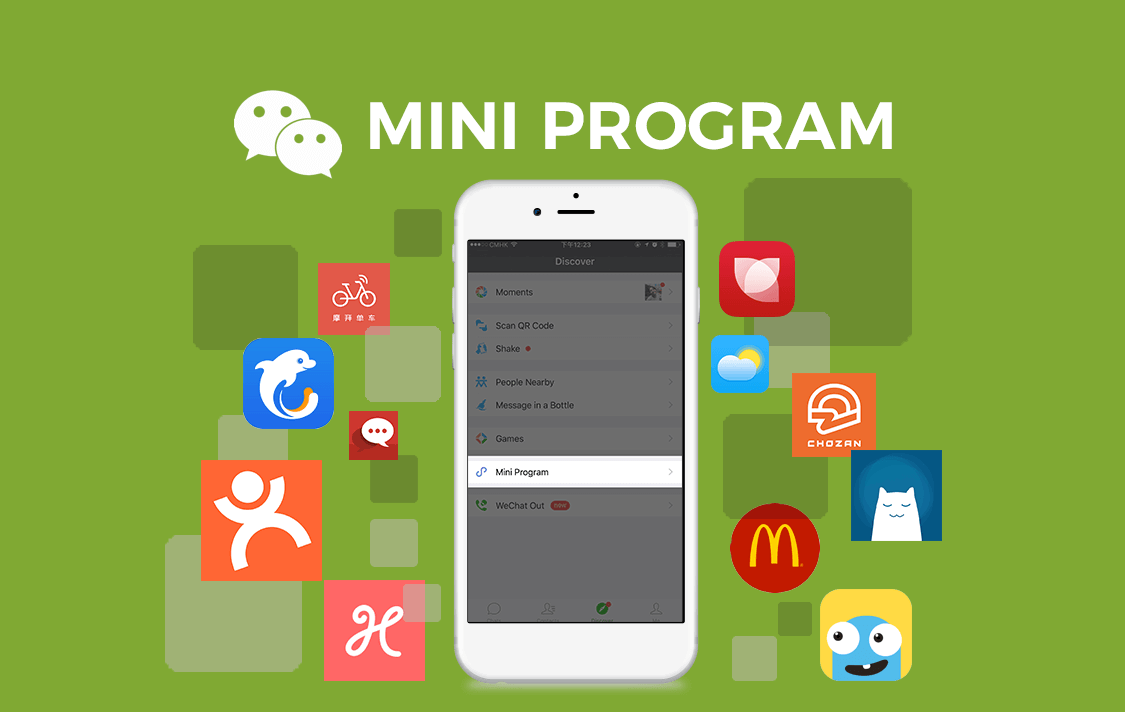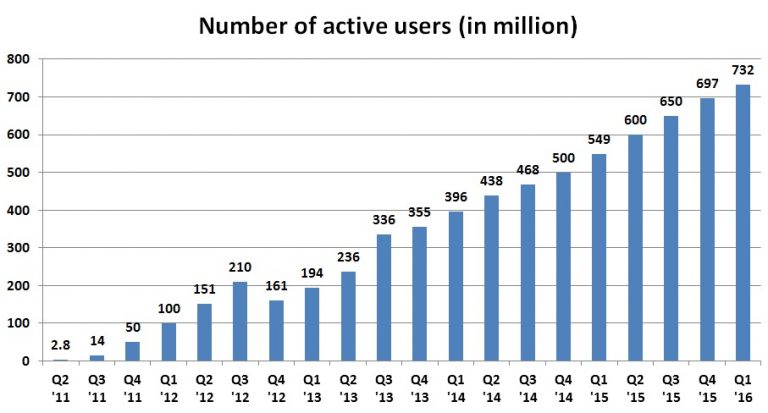WeChat “Mini Program” Opens a New Door to Chinese eCommerce

China’s Tencent WeChat has already become far more than a social networking platform for Chinese people. Users can order food or a taxi, book a hotel, purchase a flight ticket, etc. all through WeChat’s “Wallet” feature. Now, another powerful new feature, “Mini Program” keeps users within WeChat ecosystem even longer.
What Is “Mini Program”? What Functions Does It Have?
Mini Program is a mobile phone application that can be used without downloading and installation. This feature essentially offers miniature, low-memory “apps” within the WeChat app itself. You can open Mini Programs immediately by scanning a QR code, or by searching it. Because it embodies the idea of “use as you go”, Mini program will be ubiquitous, available at any time,
There are various mini programs that help you to achieve different functions, which allow users for online shopping and a wide range of other offline services. For example, purchase movie tickets, queue for restaurants, order a meal, checking stock market information, hotel booking, use Mobike, order a taxi, purchase flight tickets, online shopping, etc. Some of the top mini programs are those that share discount coupons, create surveys, track bus schedules, check best prices, check air quality, and filter photos.
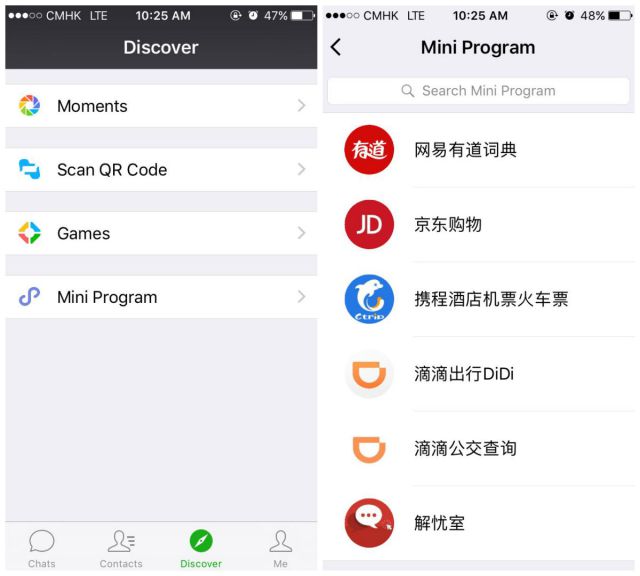
What Can We Get From Mini Program?
From Users Perspective:
1. Suitable for low frequency services. Users open Mini Programs while using the service, and switch it off upon finishing. It doesn’t occupy the memory of mobile phone. This characteristics of “use as you go” satisfies users’ need on many low frequency services, such as buying tickets and hotel booking.
2. The off-line value of Mini Programs is noteworthy. Because the demand for off-line service is “quick”, “flexible”, “use it and drop it“. For example, ordering dishes in restaurants by simply scan a QR code. You can access to their Mini Program to start ordering immediately. No need to wait for the waiters coming to your table.
3. Satisfy personalised requirement in special scenarios. For example, Using Mini Program to watch movies, without the trouble of downloading different video players mobile APP each time. Therefor, the user experience is not broken.
From A Business Perspective:
The real value and purpose of mini programs is in advancing O2O transactions and interactions, essentially connecting WeChat and the real world in more effective ways. Taking restaurants as an example, it is relatively unrealistic for restaurant owners to make a mobile APP. Now consumers only need to scan a QR code, so they can access Mini Programs, to instantly see menu, and start ordering and paying for their bill. Moreover, By tracking users consumption data, it also allows business owners to easily understand users’ consumption habits and preferences, make targeted recommendation, induced purchase, membership discount and so on.
Mini programs and a presence on WeChat are arguably more important and effective than an organization’s official website. Brand marketing and communication can be developed within the mini programs and link directly to official accounts.
With mini programs constantly growing, WeChat has become more than a simple platform for social media and mobile services. It is a well-designed, leading platform for the Chinese eCommerce market, to promote their brand. We believe that, WeChat mini program presents a great opportunity to intelligently brand, adapt, and be successful in the Chinese market.
Content Marketing Strategy in China
There are powerful platforms to create a vibrant content market in China, you can see exciting new developments everywhere. These platforms have different strengths, areas of focus, and, often, geographic priorities. For marketers, this fragmentation increases the complexity of the content marketing strategy in China and requires significant resources and expertise, including a network of partners to help guide the way.
A Cashless wind blowing in the Fashion world in China
Recently, Wechat Pay and the leading fashion retail group Inditex have reached agreement on collaboration . 7 brands of Inditex: Zara, Bershka, Pull and Bear, Massimo Dutti, Stradivarius, Oysho and Zara Home with around 600 offline shops in China mainland announced to access WeChat payment formally.
Since then, it will no longer be necessary for customers to bring cash while they are shopping in these stores. They can now pay by scanning QR code through WeChat payment, enjoying the ” no cash ” convenience in Fashion shopping.
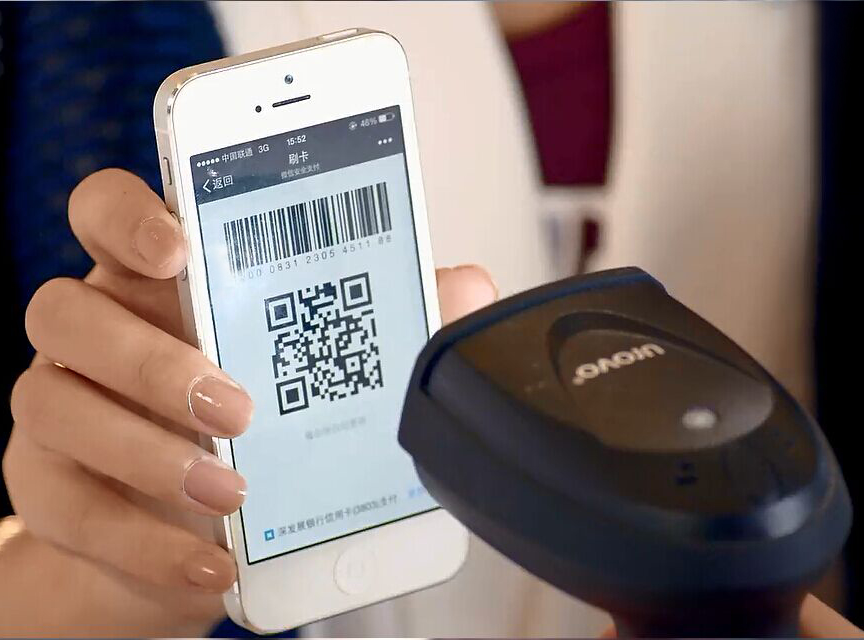
By the beginning of 2017, the amount of purchases in fashion industry through WeChat Pay had attained a year-on-year growth of 9.5 times. The fashion industry became one of the most rapid growing industries. So far, except for Inditex, WeChat payment has also covered Lane Crawford, Longchamp, UNIQLO, H&M, GAP, Hot wind, Meters Bowne and etc.
At the same time, in this cooperate Inditex group, a new promotion activity has been carried out —— Random cashback + Cash coupons.
Activity Details :

- From June 10 to June 15, customers using WeChat Pay to pay more than 10 RMB per purchase in one of Inditex designated shops can get a random price cut up to 300RMB.( Each customer has maximum one chance of the price cut ) During the weekend ( June 10 to June 11) after 6pm, customers can also get one random red envelop bonus . ( Each customer has maximum one chance of getting the bonus each day during the weekend )
- From June 16 to June 19 , customers using WeChat Pay to pay more than 10RMB per purchase in one of the Inditex designated shops would have chances to win 5 RMB coupon. ( Each customer has maximum one chance of getting the coupon. Coupons’ valid duration is June 2- to July 3.
- The quota of price cut is 240,000. First come, first served.
- The quota of coupons is 80,000. 20,000 quotas for each day. First come, first served.
By outputting developed business solution to push forward the industry transformation, WeChat Pay will have more cooperation with more fashion brands in the future.
[divider style=”single” border=”small”]If you have any questions about selling in China, Contact us!!
The Lean Approach to Selling Online in China
In conclusion, start selling in China with 2Open in a record time. Most of the actual medium sized cannot, literally, afford to wait for bureaucratic complexities, licenses, or customs.
Why WeChat is the best marketing platform for your brand in China?
Wechat is a key tool in China. Get t know why
5 Bugs To Avoid When Doing E-Commerce In China
Have you ever tried to build a new overseas brand and fail in your attempt? In any approach to China, foreign brands often make some common mistakes when trying to sell their products in China mainland. Although such misconceptions are not exclusive to online environment, we will focus on those that particularly affect your approach to e-commerce in China. China is already the world’s first e-commerce market.
Are you going to miss its enormous potential?
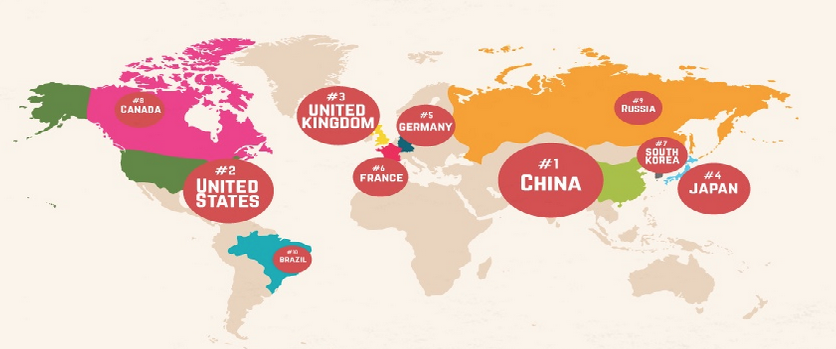
First bug: China is mobile, and you better record it
It is not the first time we tell you this, and for sure it won´t be the last. As we mention before in our article “How to Take Advantage of the Latest Ecommerce Revolution?”, Ecommerce has been a great revolution for both companies and customers.
Nowadays, Chinese prefer to use their mobile devices rather than their laptops and according to the new trend, companies have already starting to adapt themselves to portable devices. Moreover, those companies using U-commerce are focused on improving the customer experience through customizing and navigation created in cooperation with the User.
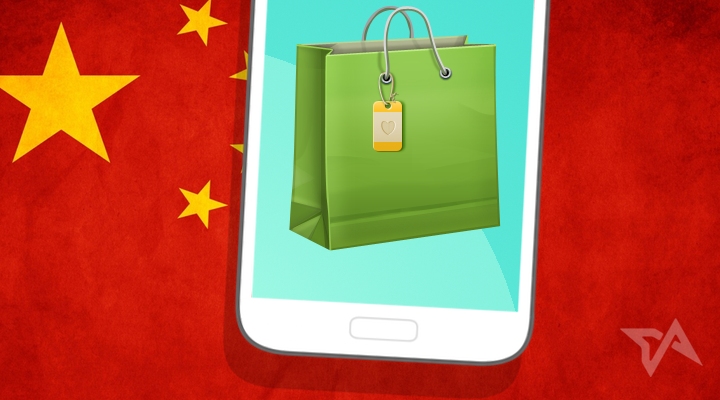
Second bug: E-commerce may be an asset in your country, but in China is irreplaceable
We cannot fail to mention Frank Lavin, CEO of Export Now, when he says,
“In China, Ecommerce is the cake.”
This may mean that you will need to adapt your business to the new environment. Do not expect it to be China who suits you, this does not work this way.
Remember that whoever hits first, hits twice. Embrace e-commerce as the enabler of your business it is, and take advantage of the immense benefits that electronic commerce can bring to your company to start selling around the World!
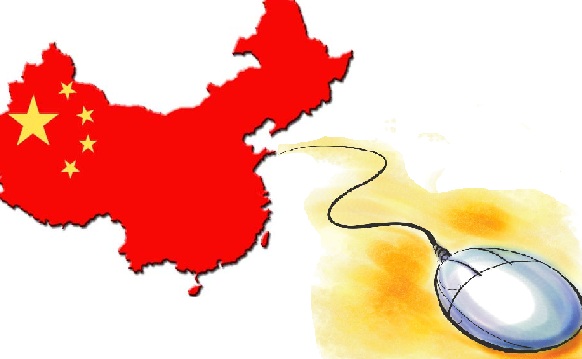
Third bug: Social Media is there to stay. Register your account and start moving!
Surely you’ve never heard the words Baidu, WeChat and Weibo… and let us tell you that you have a huge problem in China.
Not only around the 93% of the online searches in China are done in their own search engines –Have you ever heard Google does not work in China?– but also about a 68% of the customers take a look on the official Social Media account before buying.
Do not miss the opportunity to have a voice in that huge chicken coop is the network, start developing a tailored communication strategy for your brand and gain your piece of the cake!

Fourth bug: Domestic and lazy thinkers, or how the triumph from a day doesn’t make it daily
Do you think you will keep doing in China pretty much the same things you were doing before and as a result you will achieve success?
A basic rule you should never forget again is, no matter the experience and the many different markets in which you have entered before, is that new horizons always implies a new starting on your understanding of the target, so we definitely encourage you to start a market analysis.
Will your brand be competitive in China?
Do you offer something different regarding your competitors?
Is there a suitable market niche in the country ?
These and a thousand more questions require a prior discussion, keeping in mind that China should not be underestimated: the country enjoys some peculiarities you definitely must know before starting your landing.
We strongly recommend you seek assistance from professionals focused on the Chinese market, in order to enhance your chances of success in the country.

Fifth buf: Do not try to do everything by yourself, ask for advice
We are not tired of saying it, and will do so again: China is not a flat road. Do not try to embark on this mission unaccompanied, but pick very well with whom.
Look for complementary partners interested in joining forces, go to Government agencies dedicated to external actions and internationalization and definitely search for specialized agencies in the country to start outsourcing some tasks.

Already in search of a consulting expert in digital marketing and e-commerce? You have come to the right place.

New Online Advertising Rules in China
New online advertising regulation in China will impact all digital business with presence in China. Here we bring you an analysis overview to start adapting to the new trend in advertisement.
It would be after the death of a college student who took part in an experimental health treatment found in Baidu, when popular pressure would force the Government to begin an ads regulatory change.
The Internet Ad Interim Measures, a new regulation prompted by the State Administration for Industry and Commerce of China, went into effect in September 1st. Therefore, it arises from the Government’s claim by adopt new rules over online advertisement: email, paid searches, embedded links, images, and videos are already subject to the new law. Its aim is avoiding the spread of misleading advertisements on the Net, and correct the prevailing liberality so far.
The new online advertising regulations are expected to impact on Chinese Digital Marketing as a whole: social media, search engines, apps and electronic commerce in the country will have to move under the new guidelines.
A step closer to the uses and customs in Western advertisements
For the first time in China, the new measure features a specific definition of Internet advertising; often, foreigners suffer from a lack of legislative safety in China. Therefore, conceptualization is a step forward to define clearly not only the concept, but also its extension:
“Internet advertising is advertisements that directly or indirectly sell commercial goods or services through the websites, web pages, internet applications and other forms of Internet media including text, images, audio, video and etc.”
Moreover, the regulation comes to underline its main purpose:
“To protect the legitimate rights and interests of consumers, and promote the healthy development of the Internet advertising industry.”

In what fields are these changes applicable? What changes will take place after its implementation?
The regulation is particularly focused on a list of fields described below:
-Healthcare and medicine
-Food and beverage
The main measures to be starting to apply can be summarized as:
–First, the Law requires to place the word “advertisement” in a prominent position and clearly distinguishable at first sight.
–Second, every field subject of special regulation needs a previous review and an approval process by authorities.
–Third, online advertisements for prescription medicine is banned. A special measure in health products is also extended to medicines, pesticides or medical supplies.
–Fourth, tobacco online ads are also banned.
–Fifth, any paid search results, links or content must be clearly identified by the word “advertisement”.
–Sixth, users should not only have the choice to close an ad, but also this has to be easy to them.
–Seventh, paid links and contents must be clearly detailed at a glance.
–Eighth, any attached ad and/or promotional links to an email should have been allowed previously.
–Ninth, any misleading and/or false ad is considered illegal from now on.
Who is especially affected by the new regulation?
Under this measure, the biggest impact falls on the largest Internet companies in China. Baidu and Bing should apply new restrictions on ads; it should not be forgotten that, much of the incomes of Baidu, Weibo or Alibaba come advertising.

But also traditional Social Media must change. WeChat or Weibo offer paid content; as we mention before, pop-ups, ads or links should be first permitted, which will force companies to evolve the way advertising is offered to Chinese users. Seems marketers should start creating better ads, or contravening the prevailing legislation with all the penalties that that means.
There are plenty of creative ways to sell your services and products in China. In search of a Digital Marketing Agency?
Infographic: 10 Things You Need To Know To Build a Chinese Website
A picture is worth a thousand words
After the great success achieved by our two articles 10 Things You Need To Know To Build a Chinese Website (I) (II), in the team we have thought it would be a good idea to summarize and turn them into an infographic.
We hope you enjoy it as much as we enjoyed its elaboration 🙂
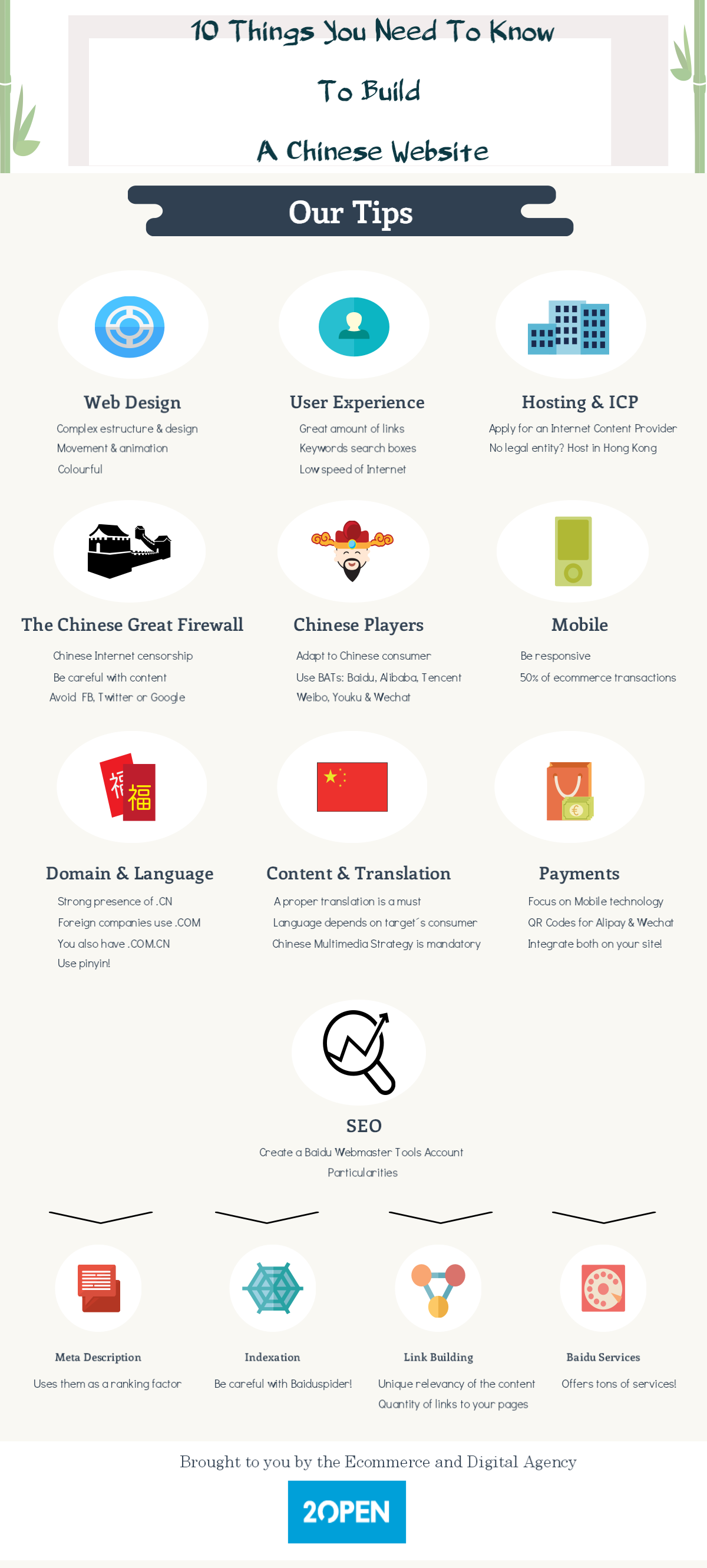
Are you looking for a digital marketing and ecommerce agency?
Visit us. Let´s have a talk!
10 Things you Need to Know to Build a Chinese Website (Part 2)
In the first part of this article, we showed and identified 5 main points that differentiate a Chinese website from its western counterpart that we need to keep in mind in order to build a good one.
Let us summarize some of the main points addressed in the previous article:
- The style, design and structure are more complex and with much more information in opposition to the cleanness of the western websites
- In terms of user experience, Chinese are used to a great amount of links and keyword search boxes are the kings for navigation purposes
- Where to host your Chinese website is one of the first decisions to make. The most of the times we advise you to have a hosting in China. For that you will need a Chinese company to apply for an Internet Content Provider (ICP License)
- The Chinese Great Firewall blocks all websites that do not meet the content requirements that marks the Chinese government
- Your website needs to be ready to integrate with the main Chinese players. Google, Facebook and friends are banned in China; instead you will need to use the BATs (Baidu, Alibaba and Tencent).
After this little updating, we would like to further develop this post showing you 5 more crucial things to take in consideration when building a good Chinese website.
When building a chinese website, What else should I know?
6 – CHINA IS MOBILE. BE RESPONSIVE
Adapting our website to mobile is very important in any country, but in China is mandatory.
The Smartphone is, in many cases, the only way they have to access the Internet. Therefore Chinese users are much more familiar with the use of mobile devices. Keep in mind that almost the 50% of all Ecommerce transactions made in 2015 were done via mobile, compared to the also quite high 22% in the United States.
Don’t think any longer and start working on a nice mobile design… Mobile first!

7 – DOMAIN. WHICH ONE IS THE RIGHT OPTION FOR ME
In your approach to domains, three are the main options:
– Not that long ago, to have a .CN was a must. It was not possible to get it if you didn’t have a Chinese legal entity. This has changed over the time and now you can easily get a .cn domain, no matter where your company comes from, just providing a copy of your Company’s ID. As the Chinese international top level domain, your brand might be perceived as having a strong presence in China and might also bring some trust
– On the other hand, we have the .COM domain. Chinese Internet users are increasingly getting used to this domain. Major Ecommerce platforms like Tmall.com, JD.com or Sunning.com may bear much of the blame for this. It can be very good for foreign companies trying to sell their products in the Asian giant to have a .com domain as it might help to highlight the international feel of the brand
– .COM.CN is the ugly duckling in the middle still in use by many brands mixing the good things from the previous mentioned domains, but without reaching their full advantages. In any case it can also be a good solution.
Which language should I use?
Another point to think about is the language to be used. Does your brand have a Chinese name? Then you can also use its pinyin term. Pinyin is the romanization system for standard Chinese: Chinese search engines recognise the pinyin words in the URL and then link them to what they stand for in Chinese characters in order for the website not to lose coherence.
Our advice?
Don’t get crazy about the domain, they are usually not that expensive. So, in case you can afford it, try to get the three of them (.com, .cn and .com.cn), plus their pinyin variants and redirect them to the main one; depending on your strategy.
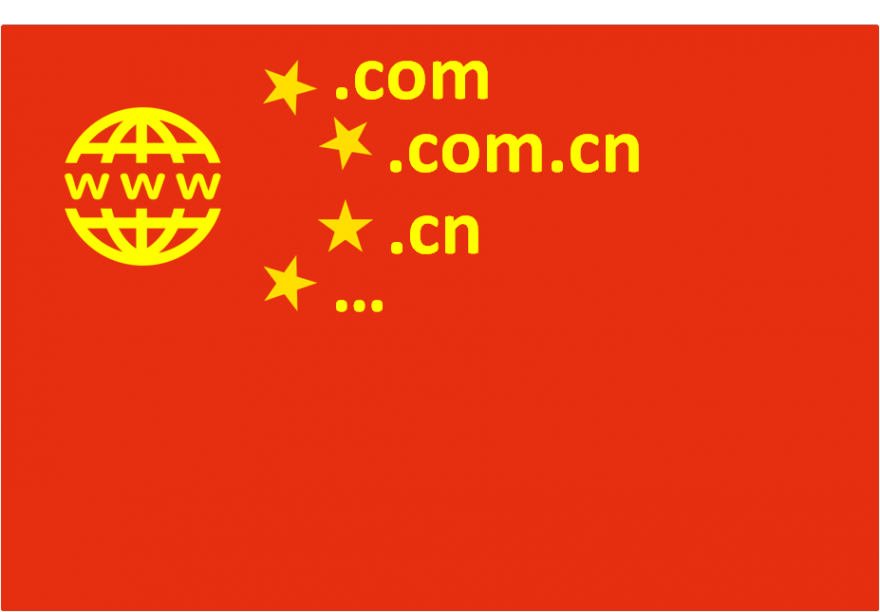
8 – CONTENT. DON’T GET LOST IN TRANSLATION
It is important to know very well your main target markets as the language will differ depending on it. It might be obvious to mention it, but it wouldn’t be the first time that a company’s target consumer is in Hong Kong, Taiwan or Macao and the language used for the website translation was simplified Chinese instead of traditional Chinese and the other way around. That is a major and silly mistake that takes a long time to revert.
I don’t want to mention either the fact that a Google translated web does not help at all, but I am doing it because I have seen too many. It is mandatory to let a professional team take care of the translations. In 2 Open we separate this process in three parts:
- Translation, interpreting the main message that the customer wants to transmit to the final customer, done by a marketing professional in our team
- External review, done by a professional translator outside the team
- Final review, done by another marketing professional in our team
You might not believe it, but in certain cases we still get minor complaints. This is because Chinese language can be interpreted in many different ways. Therefore translations are always a difficult point in the list.
Is Customization a mandatory requirement?
Let’s not forget about the Chinese cultural customization. Website localization embraces translating and localizing a site into different languages making sure all content (text, images and videos) is translated correctly in an accurate, cultural and technical manner.
As stated before when talking about content, we are also talking about images and videos. There are no written rules and it has similarities to the domain section we discussed above. There are brands like Nike or Zara that prefer to maintain their international feel using western models in their multimedia strategy. Many young Chinese users welcome this method, but not all of them. Depends on the strategy you want to follow.

9 – PAYMENT OPTIONS. CREDIT CARDS? NO, THANKS
In the previous post, we wrote about the BATs (Baidu, Alibaba and Tencent). In China, the online payments market is currently dominated by two of these two tech giants – Alibaba’s Alipay and Tencent’s WeChat payment with 49.2% and 20% market share respectively.
These companies try to increase their market share by adding more brands and merchants within their ecosystem; something that both companies effectively handle. Also cash is king, as cash on delivery holds a strong position. The fast and vast adoption of electronic payments via mobile is likely to counter this trend in due time.
It is actually China and not the US at the leading edge of the trends towards mobile payments technology. Just for putting an example, both WeChat and Alipay have long used the now famous QR codes to let Chinese netizens pay for purchases and transfer money. It seems they have jumped over some natural technological development processes. This kind of behaviours can be quite normal in undeveloped countries that start to grow very rapidly.
What happened is that they adopted the mobile payment technologies even before implementing some existing ones as a huge percentage of the Chinese population accesses the Internet via mobile devices.
Another tip?
Get ready to integrate Alipay in your website as first and mandatory option. And seeing how fast Tencent WeChat payment is growing, that would be your second natural option.

10 – SEO
Once your website is ready, you will need to submit it to Baidu creating a Baidu Webmaster Tools account (only available in Chinese). That way Baidu will be able to index the site properly and your great Chinese adventure starts!
Search engine optimization done in Baidu is not so very different as the one you could do for Google. Anyway, we would like to note a few differences I think you need to know:
– Meta description – unlike Google and Bing, Baidu still uses Meta descriptions as a ranking factor. Keyword targeted description match users’ queries and their demands, which would help with the click through rate (CTR).
– Indexation – Baidu’s web crawling bot, Baiduspider, is not as advanced as the one from Google. As a result, you will need to help Baiduspider to discover and index your pages in different ways. Without mentioning that you can go to sleep and wake up with huge traffic losses or de-indexed pages usually caused by a penalization. Be careful what you do!
– Link building – On Baidu, it is not about the quality of the publishers’ website, it is more about the unique relevancy of the content (as it relates to your content) and the quantity of links to your pages. Baidu penalizes duplicate content and it also disallows irrelevancy. Authority and quality of the publisher is not that important (for now). In short, the more the merrier as long as it is not duplicate.
– Baidu services – Baidu offers a lot of different products apart of Search; use them and leverage their integrated marketing power. The most useful are Baidu Zhidao (questions and answers service) and Baidu Baike (Wiki service), but there are tons of other services that might be helpful to increase brand awareness and for content creation.

OTHER ASPECTS
As for the tracking, most people use Baidu Tongji and/or Google Analytics. Yes, you read it well; Google Analytics still works in China and it is the only Google service that still does. You will find many detractors, but for what we have seen there is no huge discrepancies between the data collected by both systems (usually not higher than 5%). And Google Analytics has more functionalities than Baidu Tongji.
It is also important to mention the typography. Chinese language is not easy to read due to the difficulty associated to its typography. With 40,000 characters, they are divided in strokes which amount can vary between 1 and 60. Therefore the font size should be at least 12px.

At 2 Open, we would be pleased to help you.Take the advantages the Chinese market offers.
With the cooperation of our Digital Marketing and Ecommerce Agency, China will be at your fingertips.
Do not hesitate to visit us We´d loved to hear from you!
This article has been edited by Paula Vicuña, from 2 Open.


